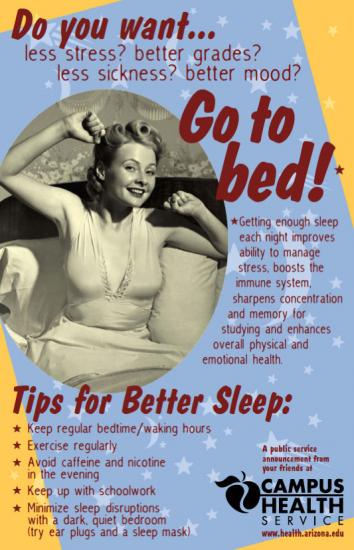
Being in good physical shape at 18 years of age can be linked with a reduced risk of attempted suicide later in life. So says a study of over one million Swedish men conducted by researchers at the Sahlgrenska Academy, University of Gothenburg, Sweden.
A new, extensive report from the Swedish National Board of Health and Welfare on child and adolescent health shows that teenagers and young adults in Sweden have worse mental health than their age cohorts in other western countries.
Another report that is part of a new social welfare study shows that the number of serious suicide attempts among 19-23 year olds with activity compensation has increased from 115 per year to 460 per year in Sweden between 1995-2010.
At the same time, the number of suicides in the 10 to 45 age group increased. Even the percentage of young people with no activity compensation who attempted to take their life increased.
In order to break this trend, research has now focused on the factors that can prevent mental illness and the risk of suicidal behavior.
Researchers at the Sahlgrenska Academy, University of Gothenburg, have been able to use a study of 1,136,527 Swedish men to show that there is a link between exercising as a young person and a reduced risk of suicidal behavior later in life.
“Being in poor physical shape at 18 years of age, measured as the test results on an exercise bike during their medical exam for compulsory military service, can be linked to a risk of suicidal behavior as an adult that is 1.8 times greater,” says Margda Waern, researcher at the Sahlgrenska Academy, University of Gothenburg.
The study shows that the increased risk was evident even 42 years after the exam for military service.
It has previously been shown that physical exercise has a highly positive effect on brain function, e.g. more nerve cells are developed with physical exercise.
“The teenage years are a critical period in terms of brain development since this is when social and emotional faculties are established. Therefore, it was important to do a larger study on the importance of physical fitness in terms of suicidal behavior in this age group,” says Maria Åberg, researcher at the Sahlgrenska Academy who led the study together with Professor Margda Waern.
In the study, which covers all Swedish men born between 1950 and 1987 who completed the previously mandatory exam, researchers compared the results from physical tests during the exam with the national registers of disease and death.
By carefully examining the roughly 340,000 brothers who took part in the study, researchers were able to study how hereditary factors and the home environment affect this relationship.
In a much discussed study published in 2012, the researcher group showed that good physical fitness as a teenager can also be linked to decreased risk of severe depression later in life.
“But even when we exclude individuals who suffer from severe depression in connection with suicide or attempted suicide, the link between poor physical shape and an increased risk of suicidal behavior remains,” says Margda Waern.
While depression is a particularly strong predictor of suicidal behavior in later life, the picture among younger people is complex and many factors are involved.
“One theory is that the brain becomes more resistant to different types of stress if you are physically active,” says Maria Åberg.
Researchers think that physical exercise should be considered in suicide prevention projects aimed at young people.
The new findings are supported by earlier cross-sectional studies where teenagers are interviewed about their physical fitness connected with the risk for suicidal thoughts.
ᔥ University of Gothenburg via Alpha Galileo Title: Cardiovascular fitness in early adulthood and future suicidal behavior in men followed up to 42 years
Journal: Psychological Medicine
2013 Jun 6:1-10.



